MusicRadar Verdict
Ableton Live is in no danger, but Bitwig Studio is a fantastic, forward-thinking DAW in its own right - and this is only version 1!
Pros
- +
Great interface. Integration of Clip and Arrange views. Intuitive modulation and effects nesting. Impressive automation capabilities. Characterful built-in synths.
Cons
- -
No ReWire support. Lacks refinement in a few areas.
MusicRadar's got your back
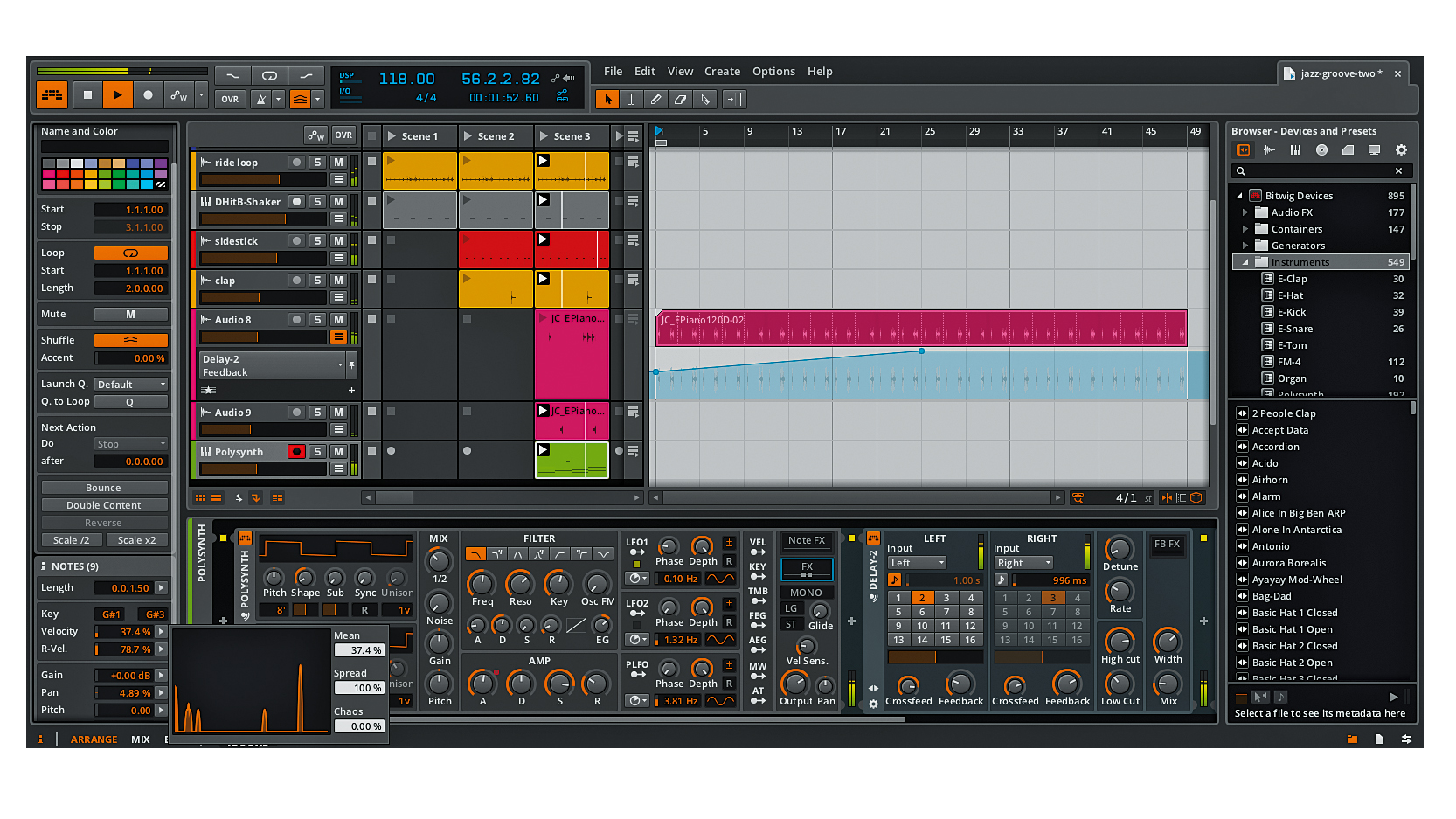
Bitwig Studio
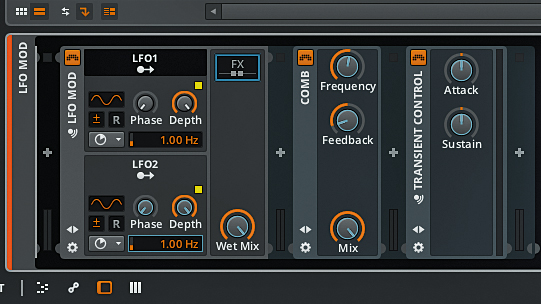
Bitwig Studio
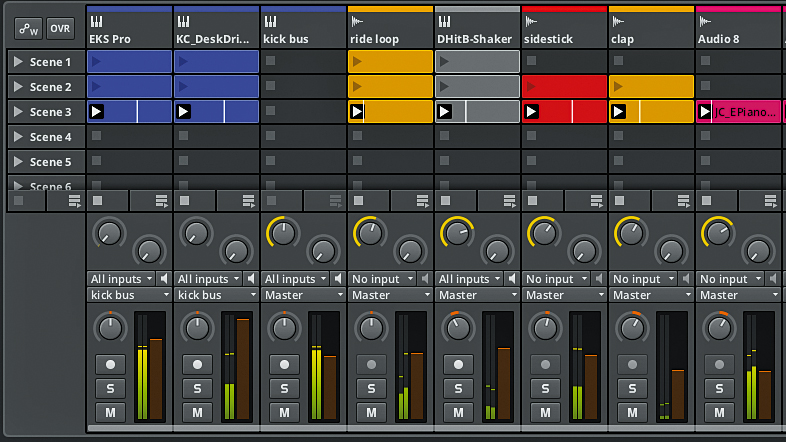
Bitwig Studio
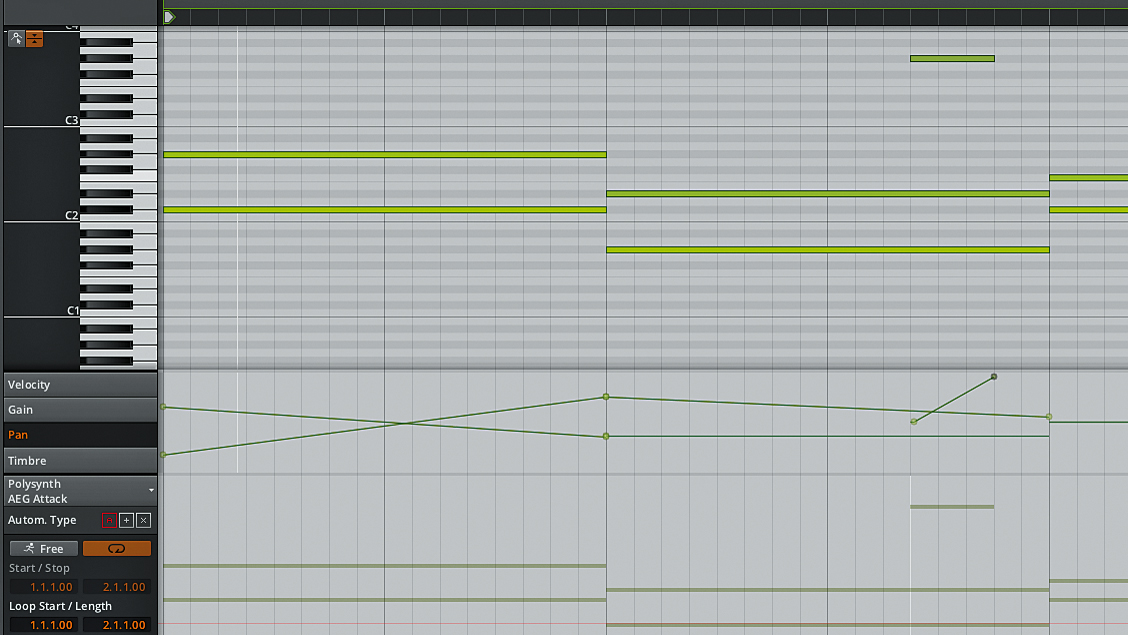
Bitwig Studio
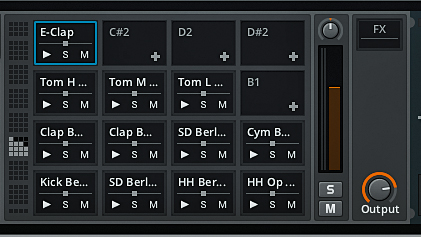
Bitwig Studio
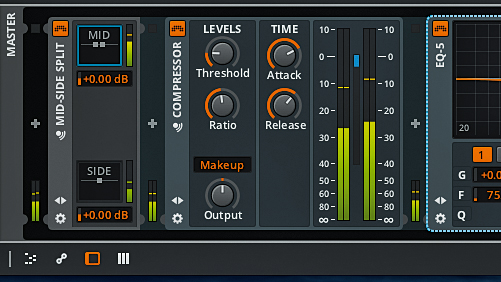
Bitwig Studio
We can't remember the last time a music application generated the level of pre-release buzz that Bitwig Studio has - a major factor, of course, being its extraordinarily lengthy beta testing period.
It was first brought to our attention over two years ago, billed as a brand new DAW under development by a team including several former Ableton developers, and offering a complete production package for creating tracks in any style, albeit with an emphasis on electronic genres. Subsequently, throughout the extended beta cycle that followed, we've been drip-fed details via official previews and word-of-mouth hype.
"Crucially, Bitwig Studio doesn't just feel like it's aping Live for the sake of it."
Is it a Live?
Then there's Bitwig's eyebrow-raising visible similarity to Live. Until now, Ableton's DAW, with its non-linear, clip-focussed workflow, has largely existed in its own space, somewhat removed from the rest of the market. As such, any application aiming to encroach on Live's turf is understandably going to cause a stir.
So just how close are the two applications? The most prominent similarity lies in the fact that Bitwig is based on a dual-window interface, featuring Mix/Clip Launcher and Arrange views cut from the same stylistic cloth as Live's Session and Arrangement views - one for on-the-fly clip launching; the other for traditional linear arranging. But the similarities run deeper than just that.
For one thing, many of Bitwig's devices (more on these later) have noticeably similar counterparts in Live; in fact, the overall workflow of Bitwig - from the GUI layout to the way it handles audio and even certain keyboard shortcuts - feels remarkably familiar. As a result, approaching Bitwig as a Live user, the learning curve is extremely shallow; Ableton regulars will probably feel right at home within minutes of opening the application.
Crucially, however, Bitwig Studio doesn't just feel like it's aping Live for the sake of it. Sure, the two have enough similarities, both obvious and subtle, that we could fill this entire review discussing them, but to do so would be to miss the point that Bitwig is packed with plenty of its own well-thought-out features.
While it might seem trivial at first glance, arguably Bitwig's biggest innovation is its ability to display the Mix view's Clip Launcher and Arranger side-by-side in one window, making it possible to lay out the arrangement of a track in a traditional, linear manner and experiment with clips at the same time, with the ability to drag clips between the two and keep a constant eye on what's going on in both views.
Want all the hottest music and gear news, reviews, deals, features and more, direct to your inbox? Sign up here.
For those working on a single monitor, this is a fantastic workflow improvement over Live 9.1's two separate windows. Bitwig also supports up to three monitors, enabling even more expansive use of both views - although since Live finally introduced dual monitor support in version 9.1, this isn't quite the talking point it would have been a few months ago. Still, for one-monitor musos, Bitwig's Clip Launcher trumps Live's comparatively clunky two-window solution.
Cramming it in
In fact, Bitwig's GUI in general feels slightly more user-friendly than Live's. While - commendably - Ableton has always stuck to its guns in keeping Live clutter-free at the expense of making certain functions harder to get at than they perhaps could be, Bitwig is happy to let the interface get a little busier.
Conceptually, Bitwig Studio may centre on a dual-view setup like Live - the Arrange and Mix windows - but it breaks out of this paradigm by introducing various sub-windows, pop-ups and, of course, that Arrange view Clip Launcher.
The metadata-based browser to the right provides access to instruments, effects and files, although it occasionally takes a long time to preview and load one-shot samples (we expect this issue will be resolved before too long, though, and indeed, Bitwig was very quick to fix the few other minor issues we came across).
To the left is the Inspector window (which can also be folded into the Browser's tabbed space for small-monitor setups), offering access to a host of clip parameters, while the bottom panel, as with Live, hosts each track's device chain and clip editor - which can be expanded to fill the whole window - as well as a mixer.
There's a ton of other options for hiding and revealing UI elements, too, making Bitwig's interface feel far more customisable than Live's. Once you're used to it, it always feels like you've got ready access to, well, everything.
Unusually, Bitwig Studio offers four track types: Audio, Instrument, Effect (send/return tracks) and Hybrid, which can host audio and instrument clips at the same time. The main benefit of Hybrid tracks is the ability to bounce instrument clips to audio in place and edit that audio while leaving the rest of the track as programmed notes.
That's a great feature, and although it's difficult to get out of the habit of heading straight for regular audio or instrument tracks, they can be switched to Hybrid mode at any time, so there's no need to plan ahead.
...And stretch
Bitwig's audio clips are, by and large, similar to Live's, being automatically warped to fit the project tempo and retimed via 'elastic'-style warp markers. The quality of the stretching is of a similar standard - in our tests, Live handled extreme retiming and warping a little better, but the difference isn't massive.
Bitwig's main improvement over Live, however, is that a single clip can host multiple audio files, meaning that disparate slices of audio can be rearranged, manipulated and automated within the confines of a single clip. This makes for a fantastically fluid workflow when crafting loops.
The highlight of Bitwig's instrument clip implementation is per-note automation, enabling polyphonic manipulation of pitch, pan, velocity, gain and the assignable Timbre parameter. This is a very powerful feature, although it currently only works with Bitwig's own instruments (there are plans to expand the scope of this in the future, however). A minor point of note for Mac users, while we're on the subject of plugins: Bitwig currently only supports VST (32-/64-bit), not Audio Units.
There are a few other interesting automation features, too. For one, note expressions - velocity, pitch, Timbre, etc - appear as assignable modulation sources in Bitwig's instrument devices, routable into the DAW's excellent Unified Modulation System.
The software also features Histograms for certain Inspector parameters. These are pop-up graphical windows used to apply controlled variation and randomisation to parameter values - useful for quickly humanising programmed parts, although they can be a little baffling at times. Additionally, Bitwig features layered editing, enabling the note contents of multiple tracks to be overlaid and edited together, which - kudos to Bitwig's implementation - doesn't end up being as confusing and muddled as you might expect.
Tools of the trade
With over 50 instruments, effects and utilities onboard, Bitwig Studio is more than adequately equipped in the devices department - and the quality is generally high. There are, however, some notable comparisons between Bitwig's tools and those offered by Live.
Bitwig's Sampler, for one, bears a stylistic similarity to Live's, while the Drum Machine - comprising a flexible range of percussion synths and Sampler instruments - brings to mind Drum Racks in terms of looks and capabilities.
Moreover, there are occasions when Bitwig's devices feel slightly lacking compared to their obvious equivalents; EQ-5, for example, looks a lot like Ableton's EQ Eight, but Live 9 users may miss the extra three bands and the spectrum analyser.
In general, however, the device list is more than just a copy of Live's. Bitwig's range of synths - featuring the self-explanatory Polysynth, FM-4 and Organ - may be comparable, but each has its own distinct style and character, and they sound great to boot.
Bitwig has a few nifty gadgets of its own, too, such as the handy Mid/Side splitter, a multiband reverb and the well- designed Dynamics tool. Bitwig Studio's real killer in this area, though, is its ability to 'nest' devices.
This allows effects chains to be built inside the FX slots of Instruments, Modulators (Bitwig's dedicated modulation devices) or Containers ('router' devices for creating layered or multiband effects chains), and not only to share macro controls (like Live's Racks) but also modulation sources. This allows, for example, an LFO in Polysynth to modulate the feedback of a nested Delay.
Many devices feature additional Wet or FB (feedback) output slots, enabling whole chains to be built that only process the wet output or feedback circuit of a device. This obviously opens up a near-endless world of creative sound mangling.
All mod cons
Bitwig Studio's Unified Modulation System is undoubtedly one of its finest features. Essentially, by "unified", Bitwig mean that all LFOs, envelope followers and macro controls within the DAW are assigned in the exact same way.
It works like this: every modulation source and assignable control features a little arrow symbol next to it. Clicking this starts it flashing, indicating that it's ready to be routed as a modulation source. To select a destination, simply click any parameter, then hold and drag to indicate the direction and amount by which you want it to be modulated. Monophonic destinations provide blue visual feedback, while polyphonic destinations are coloured green, and pop-up boxes provide more precise numerical information on how much a given parameter is being modulated.
There's no limit to the number of destinations you can set - simply assign away, then click the flashing arrow again to exit routing mode. Once assigned, right-clicking a source shows a list of all its current routings and allows each of them to be cleared. It's a hugely intuitive system that makes setting up complex modulations wonderfully simple.
Each of the devices offers eight similarly assignable macro controls, and Bitwig's ability to 'nest' devices means that it's possible to modulate an entire effects chain from a single device's LFOs, envelopes and macro controls. These setups can be saved for future use - great when, for example, creating elaborate sweeping transition FX that you may want to recall for future projects.
As well as its many devices, Bitwig Studio comes bundled with 3GB of sound content, comprising loops, one-shot samples, multisampled instruments and a selection of third-party content. While these packaged sounds are unlikely to draw users in on their own merit, there's plenty of useable stuff in here.
Finally, we're happy to report that the launch version of Bitwig seems stable, and it ran smoothly and without crashes in our tests. There's a VST sandboxing feature in place too, the idea being that a plugin can crash - and be reloaded if necessary - without bringing the entire application down. However, we actually had no cause to experience this during our tests.
One feature that holds a lot of potential that's yet to be fully realised is the Open Controller API, which allows any user to write code (in JavaScript) to tightly integrate the software's functionality with any MIDI controller. While potentially very powerful, there's not much we can say about this until such scripts become available.
One slightly disappointing aspect of Bitwig is its lack of ReWire support, which is a shame, as the ability to use Live in conjunction with more 'traditional' DAWs has always been a nice option. It's far from the end of the world, though, and Bitwig points users towards the free Jack Audio Connection Kit as a workaround. And if it's any consolation - which it will be for some computer musicians - Bitwig runs on Linux, too.
Live in the shadows?
Despite the obvious similarities, it almost feels unfair to compare Bitwig Studio to Live 9.1. Bitwig is, after all, a version 1.0 release - easy to forget as it's been so long coming. That said, the Bitwig team has obviously had a significant leg-up from lessons learned via Live.
As a result, there are certainly some things that Bigwig does better: most notably the relationship between its Clip and Arrange views (which we clearly can't get enough of) and its fantastic modulation and automation systems. Equally, though, there are places where Bitwig doesn't feel as refined as the latest version of Live - we miss audio-to- MIDI conversion, and although the included devices are great, Bitwig is still nowhere near as well-equipped as Live Suite.
Ultimately, then, Bitwig Studio isn't the Live killer some were anticipating, but perhaps it doesn't need to be - it's an amazing and innovative DAW in its own right, packing enough unique features that it certainly doesn't just exist in Live's shadow.
Whether it actually bests Live (and other DAWs) will ultimately come down to user preference and taste. It's a worthy and very welcome new star in the music software firmament, though, and anyone with even a passing interest in such matters absolutely needs to try it out.
For a whole heap of tutorials to help you get the most out of Bitwig Studio, pick up the May issue of Computer Music (CM 203).
Computer Music magazine is the world’s best selling publication dedicated solely to making great music with your Mac or PC computer. Each issue it brings its lucky readers the best in cutting-edge tutorials, need-to-know, expert software reviews and even all the tools you actually need to make great music today, courtesy of our legendary CM Plugin Suite.
